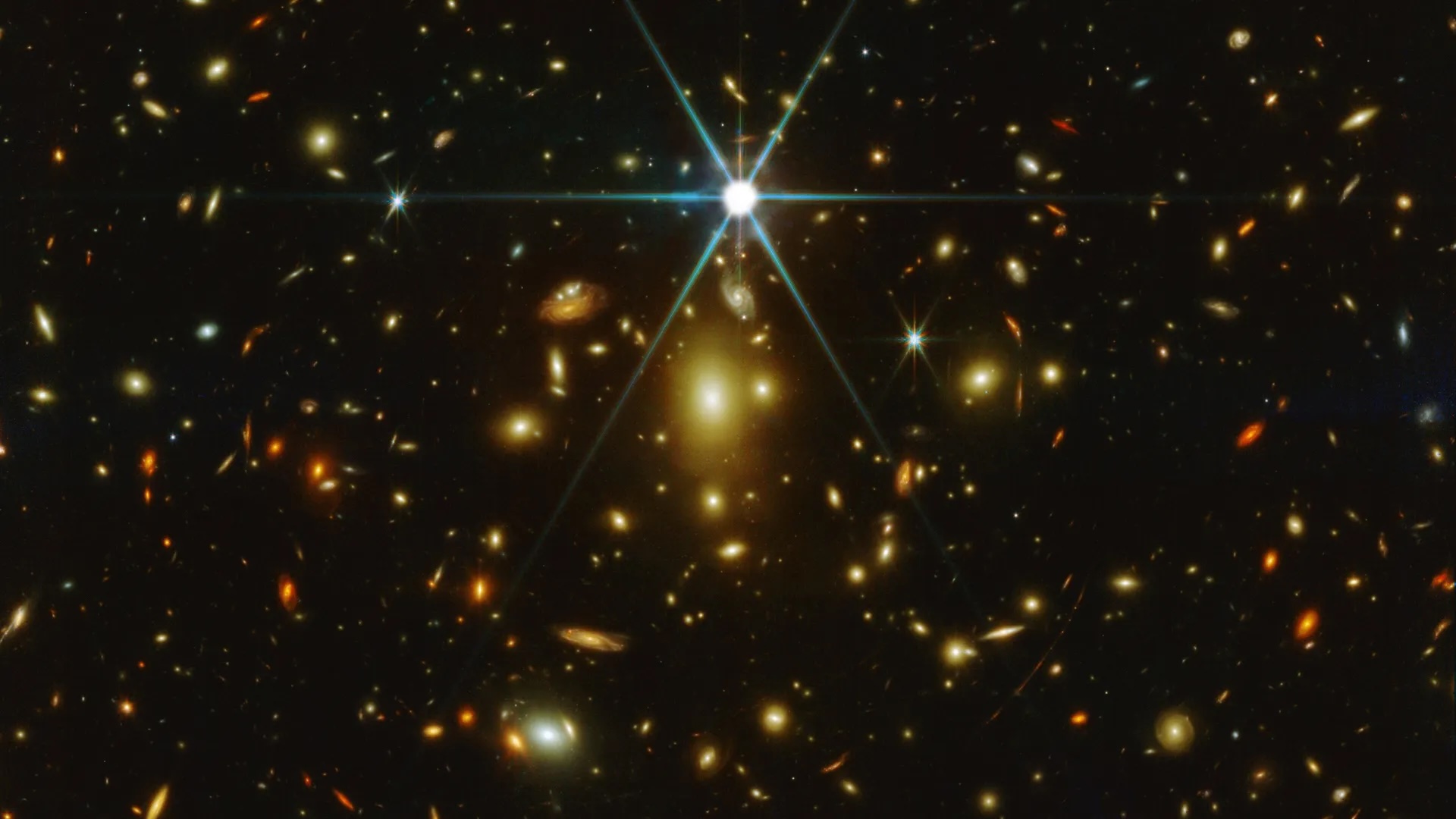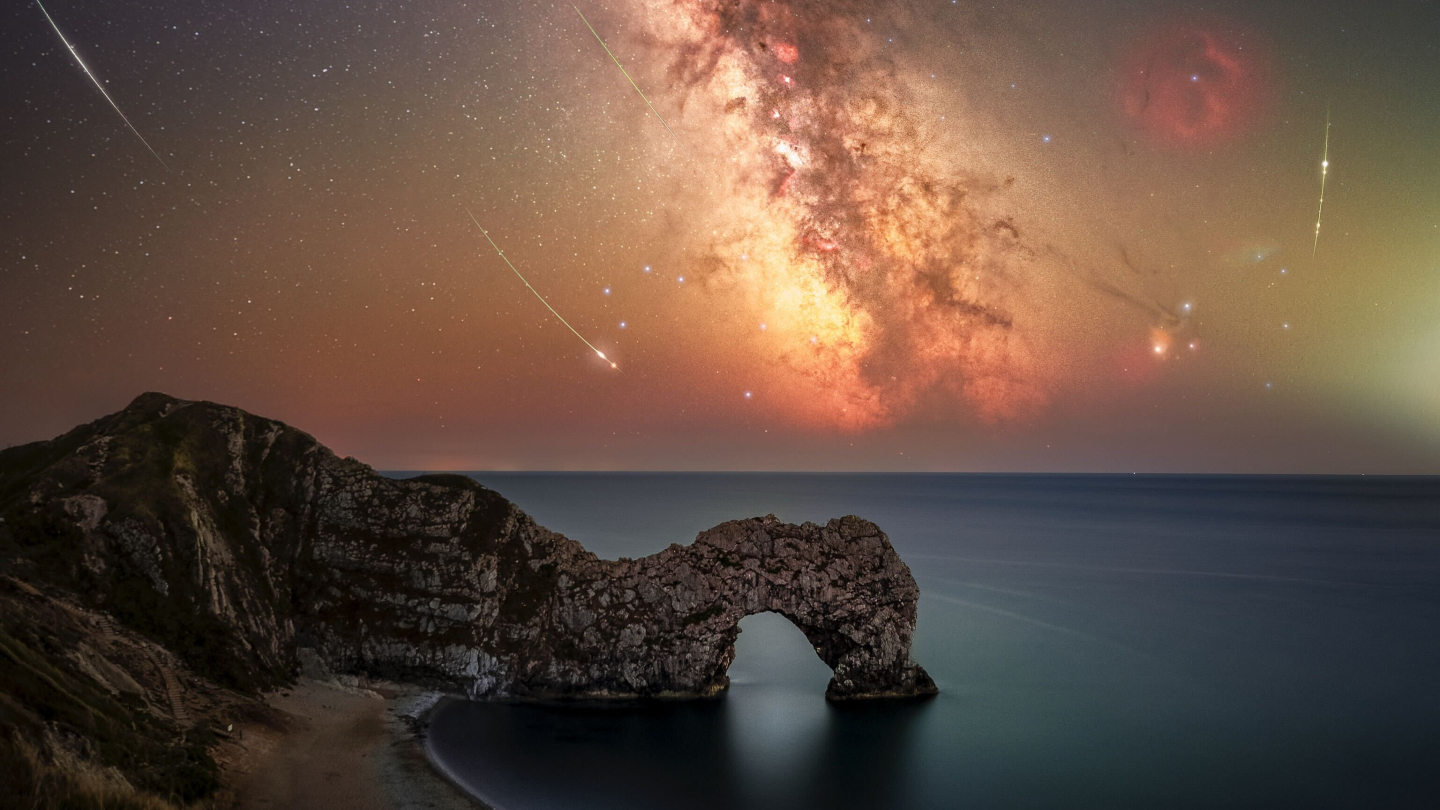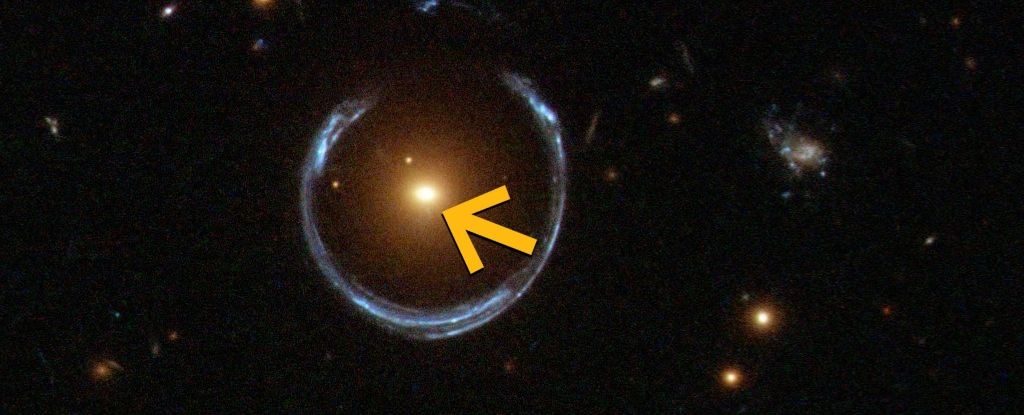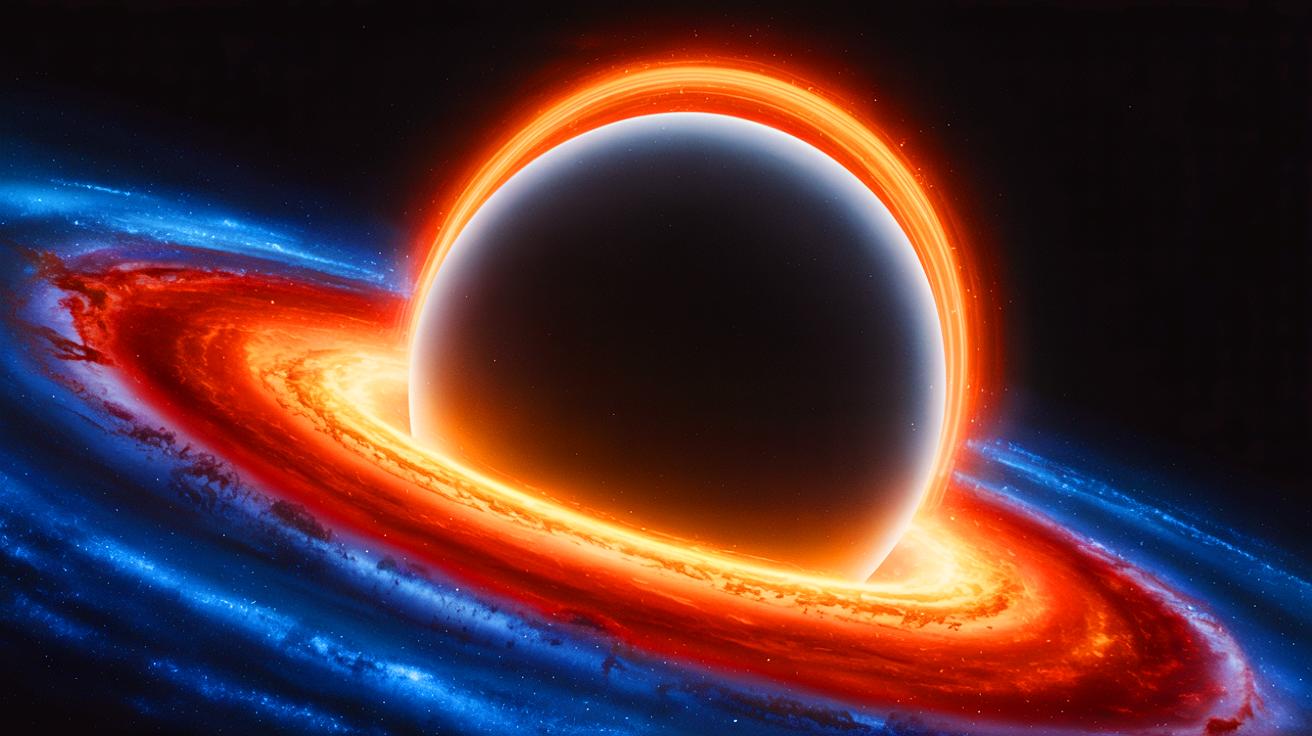The Most Distant Star in the Universe May Not Be a Star After All

Introduction
Astronomers were left scratching their heads when the James Webb Space Telescope revealed that the most distant star identified in the universe, Earendel, may not be a star at all. This discovery is causing a stir in the astronomical community and has sparked a debate over whether Earendel is actually a star cluster.
Investigating Earendel
Using the cutting-edge technology of the James Webb Telescope, astronomers have been able to take a closer look at Earendel and analyze its properties. What they found was surprising - instead of a single star, Earendel appears to be a cluster of stars tightly bound together. This is due to its great distance, which makes it appear as a single point of light when observed from Earth. This realization has raised questions about how many other "stars" in the universe may actually be star clusters.
Implications and Further Study
This discovery has opened up new avenues for research and has sparked interest in studying other distant "stars" to determine if they are also star clusters. This could provide valuable insights into the formation and evolution of star clusters in the universe. Additionally, the James Webb Telescope's ability to accurately identify and analyze distant celestial objects like Earendel will greatly enhance our understanding of the vastness and complexity of our universe. Despite not being a star, Earendel's discovery has shed light on










